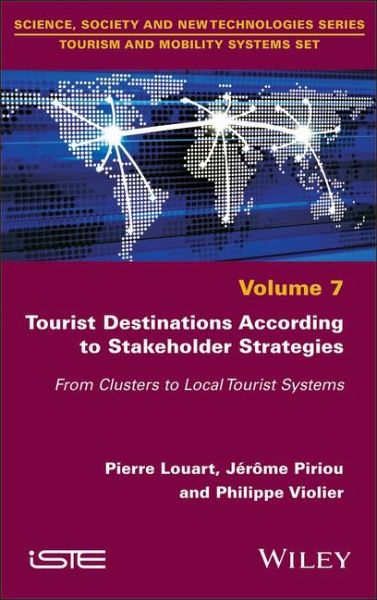
Tourist Destinations According to Stakeholder Strategies
From Clusters to Local Tourist Systems
Versandkostenfrei!
Versandfertig in über 4 Wochen
147,99 €
inkl. MwSt.

PAYBACK Punkte
74 °P sammeln!
Tourist destinations are subject to the strategies and interactions of the people who reside in them, with complementary and sometimes conflicting interests. To ensure that these destinations remain competitive, Destination Management Organizations (DMOs) are tasked with stimulating cooperation between all partners (independents, organizations, networks). Tourist Destinations According to Stakeholder Strategies is based on a series of case studies that are analyzed and discussed from a dual geographical and managerial perspective. This enables us to extract operational typologies and propose r...
Tourist destinations are subject to the strategies and interactions of the people who reside in them, with complementary and sometimes conflicting interests. To ensure that these destinations remain competitive, Destination Management Organizations (DMOs) are tasked with stimulating cooperation between all partners (independents, organizations, networks). Tourist Destinations According to Stakeholder Strategies is based on a series of case studies that are analyzed and discussed from a dual geographical and managerial perspective. This enables us to extract operational typologies and propose recommendations for actors in the tourism sector. The authors have opted for an original and innovative name for the object of study, "Localized Tourism Systems" (LTS), thus emphasizing the triple aim of territorialization, tourism activities and actors that interact together in collective projects.














